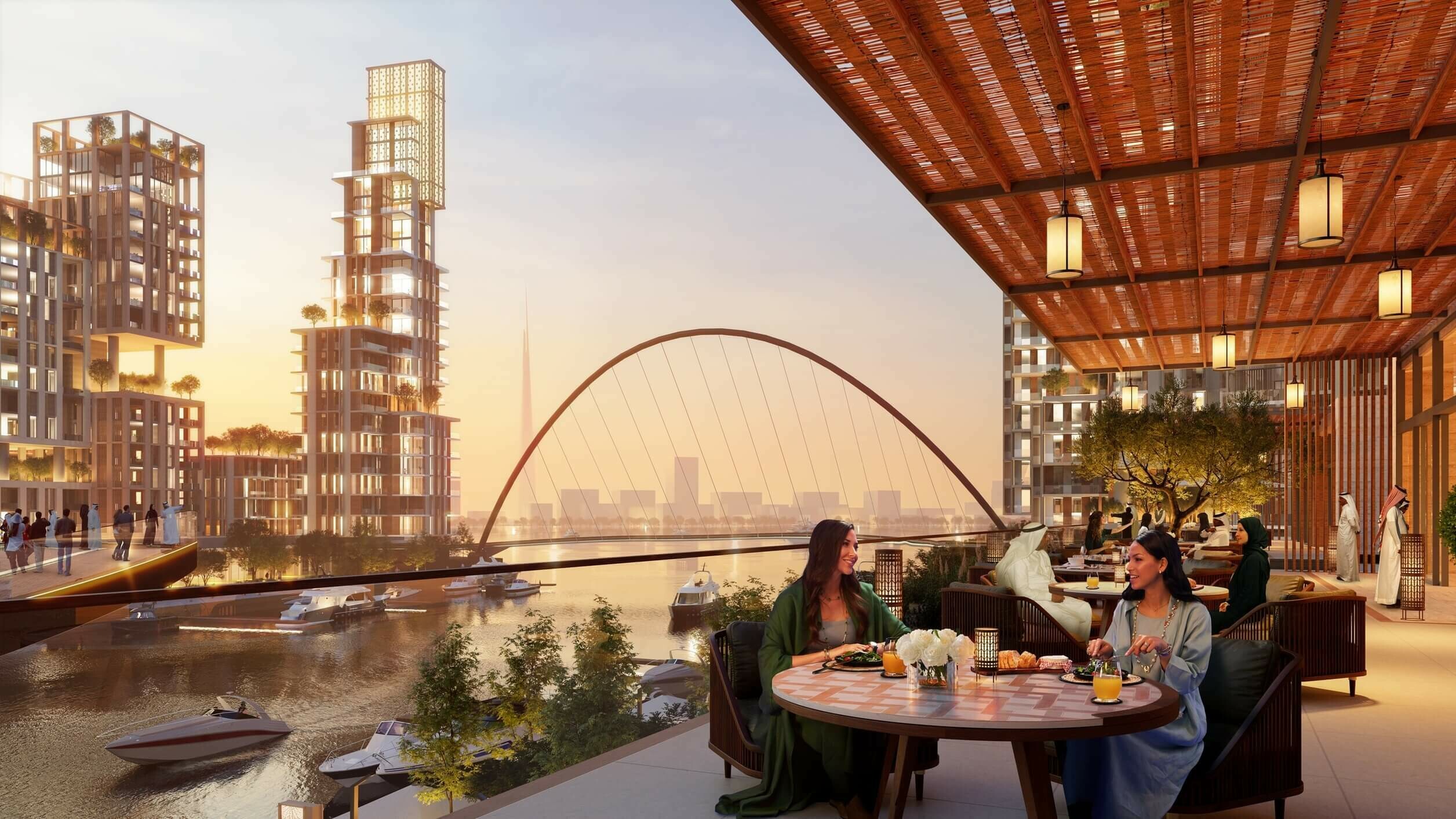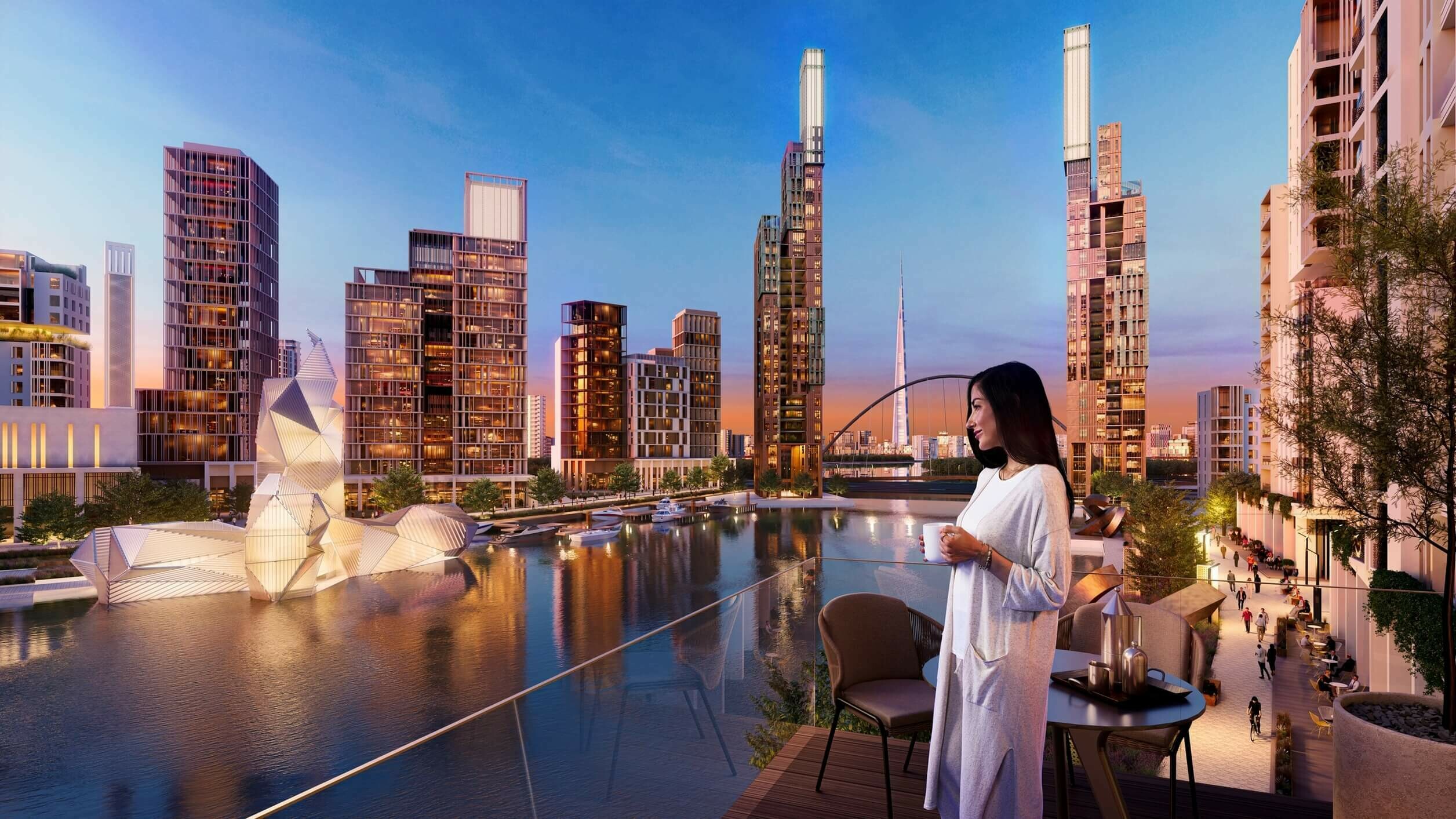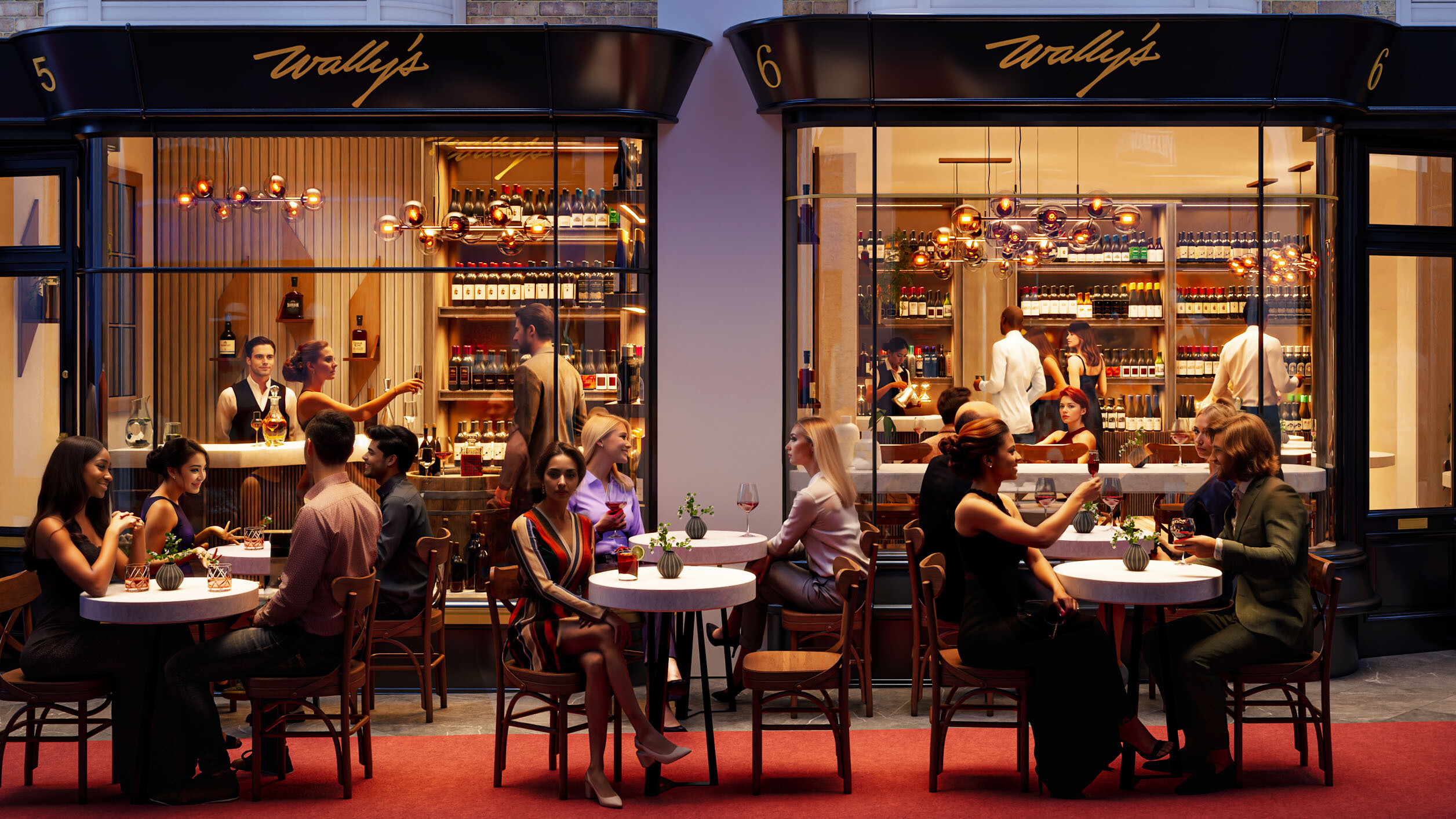
Cities and towns often possess distinct features that set them apart. These characteristics serve as a reflection of the important relationship between culture, lifestyle, and architecture.
Quite simply, culture shapes its architecture. As such, architectural styles, materials and spatial arrangements all tell a story about the values, beliefs, and traditions of the people who built and inhabit them.
Cities and towns often possess distinct features that set them apart. These characteristics serve as a reflection of the important relationship between culture, lifestyle, and architecture.
Quite simply, culture shapes its architecture. As such, architectural styles, materials and spatial arrangements all tell a story about the values, beliefs, and traditions of the people who built and inhabit them.
So why is cultural diversity so important in architecture?
Many discussions have circulated over the past decade about inclusivity in design and cultural diversity. Under the diversity equity and inclusion, DEI effort, plans are being made in 2024 and beyond to address barriers of cultural inclusion in architecture.
These plans aim to bring back the diversity lost from traditional architecture. The importance of this aim goes beyond creating buildings which aesthetically blend with the rest of its scape, it's about developing a built environment that is useful and long lasting, serving meaningful uses by examining who the occupants are and their daily needs.
So why is cultural diversity so important in architecture?
Many discussions have circulated over the past decade about inclusivity in design and cultural diversity. Under the diversity equity and inclusion, DEI effort, plans are being made in 2024 and beyond to address barriers of cultural inclusion in architecture.
These plans aim to bring back the diversity lost from traditional architecture. The importance of this aim goes beyond creating buildings which aesthetically blend with the rest of its scape, it's about developing a built environment that is useful and long lasting, serving meaningful uses by examining who the occupants are and their daily needs.
Smart and sustainable design is made to grow, and develop with the occupants serving their daily lifestyle needs.
Culturally responsive architecture is a design approach that considers the needs, values, and traditions of the specific cultural group the building is intended to serve. It aims to create a built environment that is not only functional but also helps create belonging, identity, and well-being for its users. For architects, this includes:
Smart and sustainable design is made to grow, and develop with the occupants serving their daily lifestyle needs.
Culturally responsive architecture is a design approach that considers the needs, values, and traditions of the specific cultural group the building is intended to serve. It aims to create a built environment that is not only functional but also helps create belonging, identity, and well-being for its users. For architects, this includes:
Culturally responsive architecture can greatly improve both sustainability efforts and overall impact of considered developments. Taking cultural approach to design in architecture refers to a purposeful design to design for a convenient way of living which reflects the occupants daily lives.
One project we worked on was for a growing cityscape in the Middle East. The design was created around people-focused spaces that are well-connected and integrated across spatial networks, land uses, and density, catering to religious and lifestyle needs.
We were commissioned to produce a set of visualisations which highlighted the different districts in the area which could be used for a variety of different social, cultural and religious activities.
Culturally responsive architecture can greatly improve both sustainability efforts and overall impact of considered developments. Taking cultural approach to design in architecture refers to a purposeful design to design for a convenient way of living which reflects the occupants daily lives.
One project we worked on was for a growing cityscape in the Middle East. The design was created around people-focused spaces that are well-connected and integrated across spatial networks, land uses, and density, catering to religious and lifestyle needs.
We were commissioned to produce a set of visualisations which highlighted the different districts in the area which could be used for a variety of different social, cultural and religious activities.

Visualisations by Glass Canvas


Visualisations by Glass Canvas

Of course, within each country culture, traditions and lifestyles develop. This is where the need for flexible and multifunctional design is crucial. Architects are working hard to understand the developing and growing needs of users for the places that they are designing for to create more sustainable and long lasting design.
By understanding the potential ways a city or culture could potentially evolve, architects and developers reduce CO2 emissions and greenhouse gases by placing a larger importance on resouce conservation and resilient design. As we face the challenges of climate change and depleting resources, architects are now ensuring that they are building with permanence in mind. Creating places that are resilient and well-considered limits the need for constant maintenance and development in the future, reducing carbon emissions.
Of course, within each country culture, traditions and lifestyles develop. This is where the need for flexible and multifunctional design is crucial. Architects are working hard to understand the developing and growing needs of users for the places that they are designing for to create more sustainable and long lasting design.
By understanding the potential ways a city or culture could potentially evolve, architects and developers reduce CO2 emissions and greenhouse gases by placing a larger importance on resouce conservation and resilient design. As we face the challenges of climate change and depleting resources, architects are now ensuring that they are building with permanence in mind. Creating places that are resilient and well-considered limits the need for constant maintenance and development in the future, reducing carbon emissions.
London
Unit 16, The Courtyard
Spectrum House
32-34 Gordon House Road
London NW5 1LP
+44 (0)20 3117 2580
info@glass-canvas.co.uk
Sheffield
107 Hague
Park Hill
South Street
Sheffield S2 5DW
+44 (0)114 461 0060
info@glass-canvas.co.uk
Privacy & Cookies
© 2024
London
Unit 16, The Courtyard
Spectrum House
32-34 Gordon House Road
London NW5 1LP
+44 (0)20 3117 2580
info@glass-canvas.co.uk
Sheffield
107 Hague
Park Hill
South Street
Sheffield S2 5DW
+44 (0)114 461 0060
info@glass-canvas.co.uk
Sign-up for relevant industry updates.
© 2024

